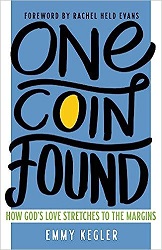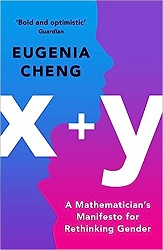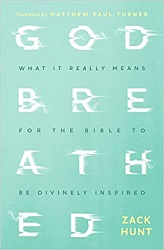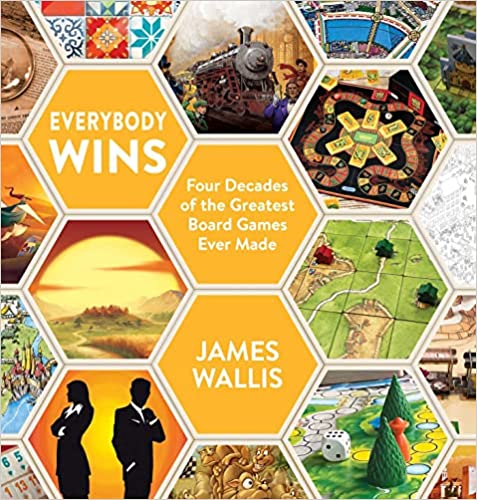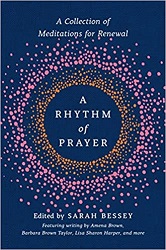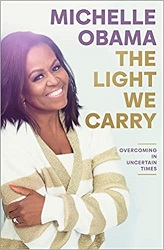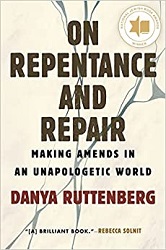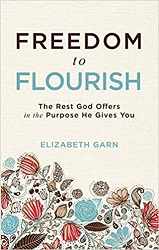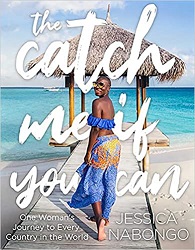Review of One Coin Found, by Emmy Kegler
How God’s Love Stretches to the Margins
by Emmy Kegler
Fortress Press, 2019. 209 pages.
Review written June 4, 2023, from my own copy, purchased via amazon.com
Starred Review
What a beautiful book! I bought it years ago and meant to read it, but recently read something the author wrote in A Rhythm of Prayer, edited by Sarah Bessey, and was reminded that I’d been meaning to read it. So I took it on vacation and was thoroughly blessed by its words.
The book is the author’s life story and how she found grace and love from God even when some churches failed her.
Emmy grew up in church and felt called to be a preacher. But when she realized she was queer, that was an even bigger obstacle than being a woman. The story of how the Lord’s calling kept after her is a story that she compares to the parable of the woman who loses a coin and keeps searching until she finds it.
Also along the way, she teaches beautiful principles about interpreting Scripture which tied in well with a book I was also reading, Godbreathed, by Zack Hunt.
Here’s a beautiful passage in the introductory chapter, where she talks about the “Lost” chapter of the Bible, Luke 11, which has the parable of the lost sheep, the lost coin, and the lost son:
What I think, my fellow second sons, is that we were told the truth. The story is for us. We are the prodigal son. But too we are lost and hungry sheep. We have gone unfed, walked without rest, been chased by wolves, and our friends and leaders did not see our pain. But God, in big and little ways, has donned a shepherd’s cloak and come running after us. God, in big and little ways, has clambered over rocks and climbed down cliffs. God has found us, hungrier and more hurt and terrified, and cradled us close to say: No matter why you left or where you went, you are mine.
We too are lost and dusty coins. We have gone unnoticed, rusted from others’ indifference, misspent and misused, and our friends and leaders did not see our neglect. But God, in big and little ways, has picked up a woman’s broom and swept every corner of creation. God, in big and little ways, has tucked up her skirts and flattened herself on the floor, dug through dust bunnies and checked every dress pocket. God has found us, dustier and rustier and without any luster, and held us up to the light to say: No matter how you rolled away or what corner you were dropped in, you are mine.
The book is more theology laced with memoir, and her writing is beautiful, and it builds to this conclusion that mirrors the beginning:
We are, beloved, the impossibilities of God. We have dared to believe the stories of Scripture. Not the verses easily slung like stones from a condemning hand, but the stories that are real, and make us real, and bring us home. We have faced near-insurmountable boundaries between us and God. We have had the treasured stories of Scripture torn from us by those too bound in fear to see the beauty of our witness. We have been pushed to the edges again and again, our voices silenced, our cries mocked. And every time, the love of God has gone out after us. God has put on callused feet and taken up a knobbly staff to crawl down crevices and call us back to pastures full of lush love, nourishing and sweet. God has taken up a broom and cleared each corner, untucked and retucked each sheet and quilt, turned over pitcher after pitcher to see where we have landed. And God has paced the flagstones of a farm porch, eyes always on the horizon, wondering and wanting, a seat still empty at the table, heaven incomplete until all the family is home.
We have been and are and will be found in such a myriad of ways, but always, always, always love is seeking us.
Dare to be found.
I highly recommend reading about Emmy Kegler’s journey, with its beautiful picture of what our faith can be.
emmykegler.com
fortresspress.com
Find this review on Sonderbooks at: www.sonderbooks.com/Nonfiction/one_coin_found.html
Disclosure: I am an Amazon Affiliate, and will earn a small percentage if you order a book on Amazon after clicking through from my site.
Disclaimer: I am a professional librarian, but the views expressed are solely my own, and in no way represent the official views of my employer or of any committee or group of which I am part.
What did you think of this book?
